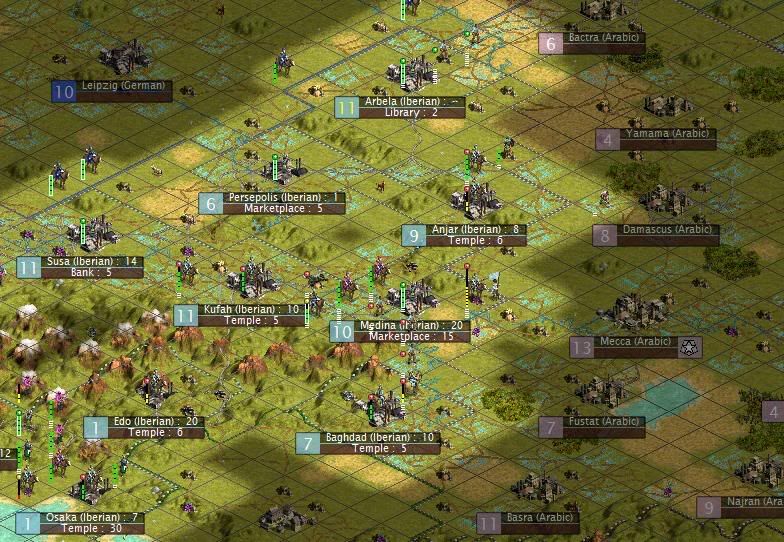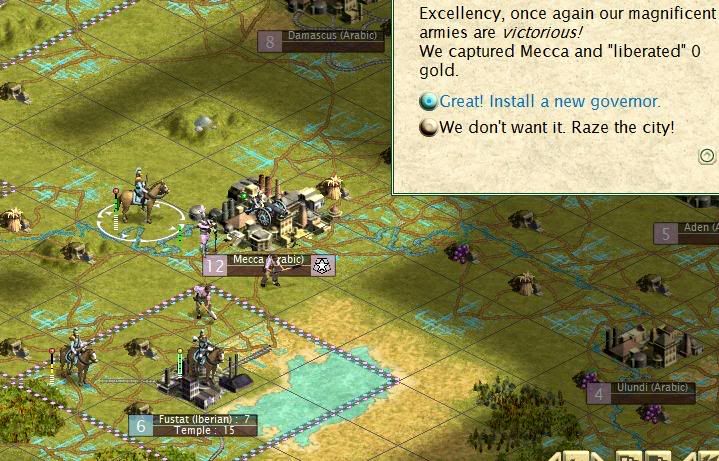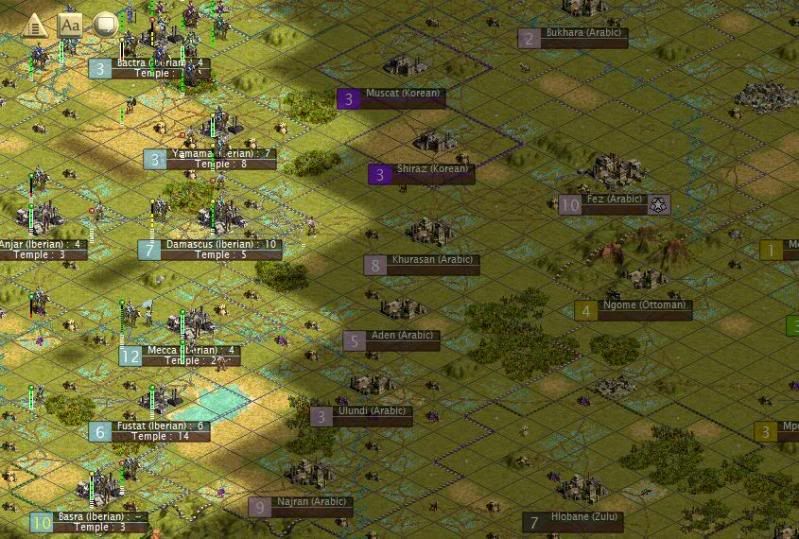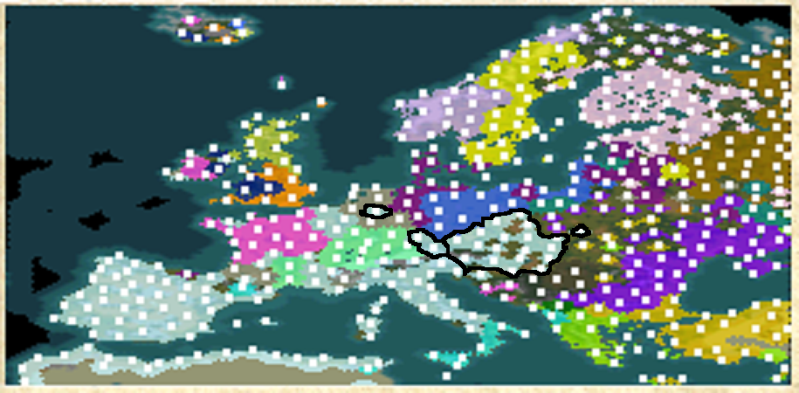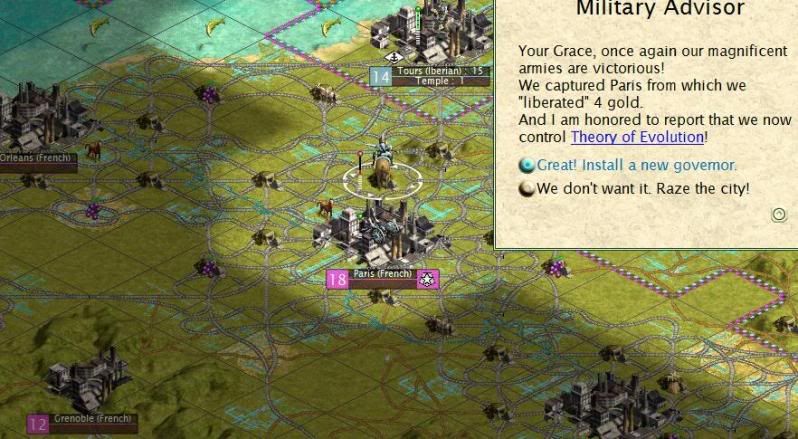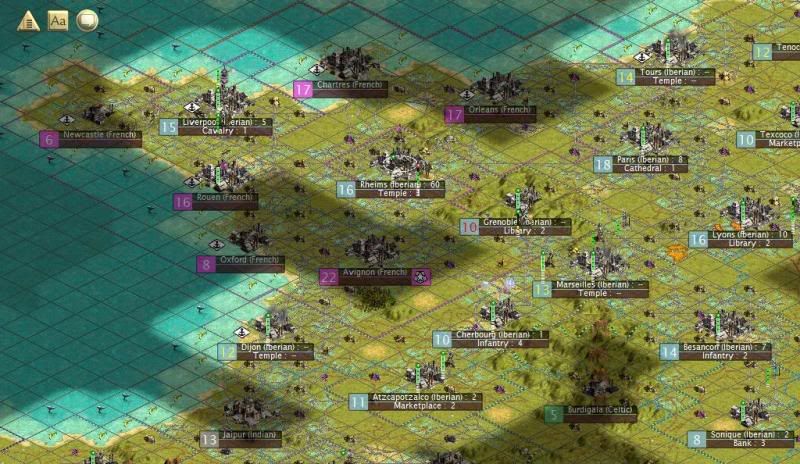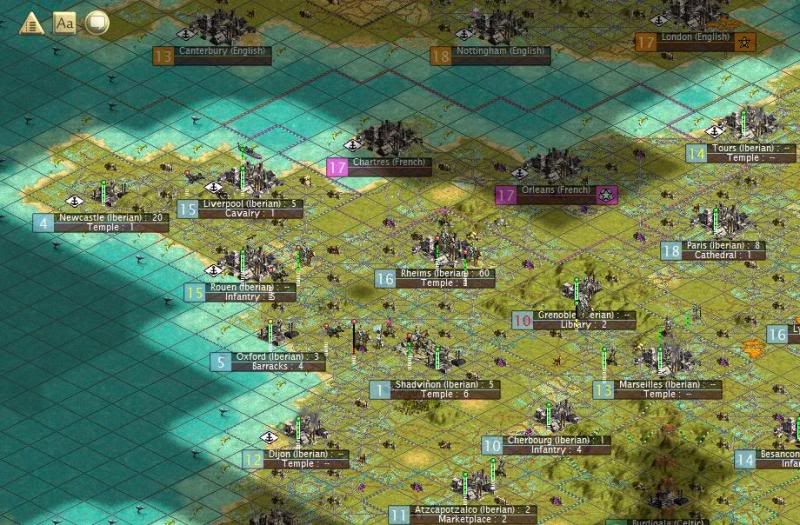Tani Coyote
Son of Huehuecoyotl
- Joined
- May 28, 2007
- Messages
- 15,191
Notes:
Corruption is turned off.
Difficulty is Warlord.
Conquest and Domination are the only ways out, baby.
Played with Civ 3: Play the World because my Conquests discs is damaged.
Played on the giant map of Europe.
This AAR starts in the Industrial Age because the first two ages were boring and all peaceful.
---
Prologue
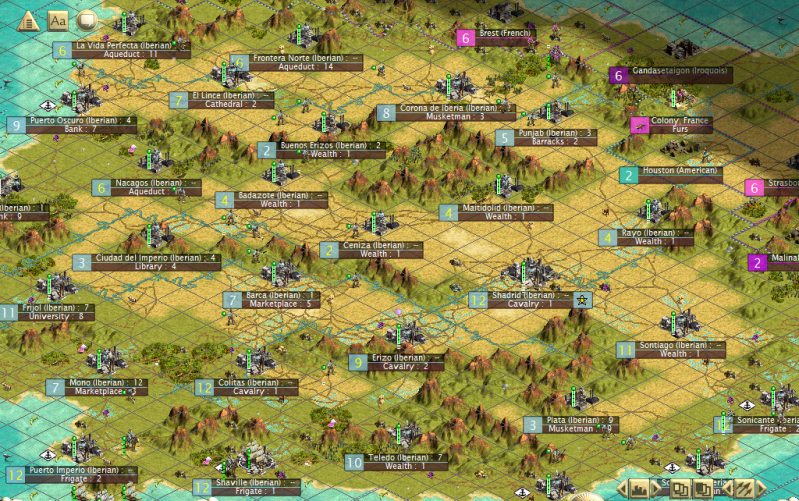
The Iberian nation's history is as shrouded in darkness as many other nations', but some key facts are known.
The modern Iberian state can be traced back to the thousands of years BCE, where tiny villages in the center of Iberia came together out of military and economic interests to form Shadrid(named after the Iberian pagan supreme god). From that point on, the humble city of Shadrid spread out, absorbing many villages and forming the land of Castile, which was to become an important country later on.
The Castilian civilisation would be the cradle of Iberian development, as while much commerce passed through Catalonia's ports, refinement of trade and technology ultimately was centered on Shadrid as a result of it's central location. The epitome of Castilian development was the construction of the massive Pyramids in the BCE years to honor the Rey Victor II.
Borders remained mostly static until the years CE. It was at this time that, faced with incursions into Northern Iberia, the largest states of Iberia - Catalonia, Andalucia, Leon, and Portugal - all agreed to peacefully integrate with Castile into the Iberian Union, sometimes called "Spain", derived from the Latin Hispania, which was the name the Romans gave to the union after it's rapid formation.
The early union was a confederation. It's purpose was primarily related to international affairs - especially those of the military - in making sure foreign powers such as France did not gain too much land in Northern Iberia. It would succeed in this goal, being able to claim all of the Iberian peninsula sans the "Quinto mugriento" - the "dirty fifth" - which was occupied by non-Iberian states. The Quinto mugriento stretched from Galicia in the west to Aragón in the east.
---
The Union was then engulfed by turmoil following 789 CE. Some wanted to dissolve the confederation and turn it into a de jure and de facto alliance, securing full independence of all the member states. Others wanted to strengthen it. All the member despotates were torn apart, as no one knew which direction should be taken. Out of this chaos, Garcia IV of Leòn was able to become the ruler of a unified Iberia by bribing notables confederation-wide. As a consequence, when Garcia proclaimed himself Garcia Agosto I of Iberia - commonly known as Agosto I - in 802 CE, he was forced to share power with the nobles he had made deals with. A feudal monarchy ensued, with a federal structure established where the local member states maintained considerable autonomy.
Even with that local autonomy to hinder him, however, Agosto I was now one of the most powerful rulers in all of Europe. He controlled a solid, large state that had great potency for greatness. He worked to link all the distant cities of the Iberian peninsula, standardise weights and measures, and further transform the Union from a military one to an economic one by introducing a common currency as well. One key aspect of his reign was compromising to build central power, such as relocating the capital to Shadrid rather than keep it in his native León. He also borrowed much of the Latin language and reformed it into the Iberian language, so as to govern his realm under a unified tongue.
Agosto's reign marked the end of Iberia's infancy just as much as it's Confederation status. In the millennia prior to Agosto's ascension, states all across Europe had bullied Iberia, which had always been focused on expansion more than military affairs. Agosto's seasoned military status would see the beginning of a military buildup which would strain the government's coffers at times due to the nobility's tendency to resist a standing army, which could threaten their autonomy.


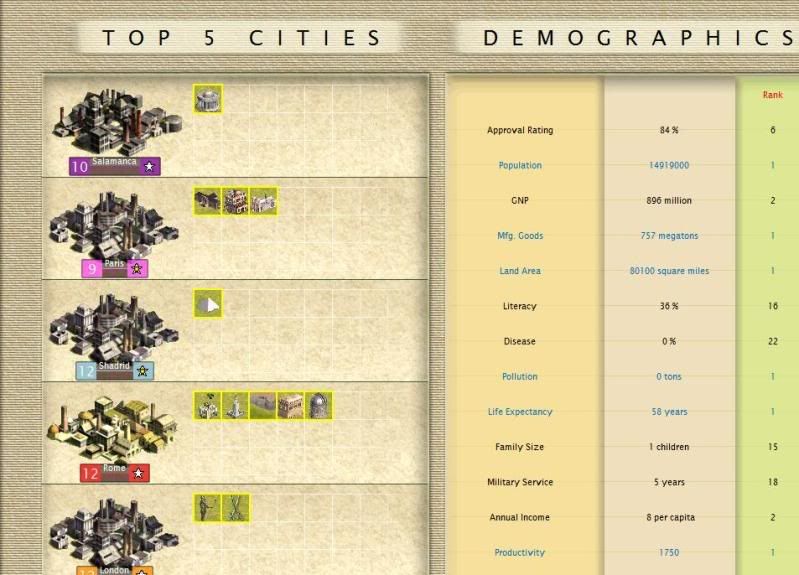
By the 1000s CE, Iberia had been greatly transformed. It possessed a powerful military, a solid economy, and had become a center for learning and philosophy, thanks to the contributions of expatriates from the British Isles like Isaac Newton and Adam Smith. It also had, by a narrow margin, the largest population in all of Europe, and the largest territory effectively controlled as well.
But there was a storm on the horizon. While the Rey Felipe III had openly agreed with the principle that Iberia's interests were in trade and peace, not war and destruction, he knew that Iberia would stagnate. Hostile attitudes were becoming rooted in the courts of Prussia, France, Persia, and numerous other great powers. Making matters worse, apart from Carthage, Iberia was the sole remaining monarchy in all of Europe. The Chinese, for example, despite their distance, had had the nerve to demand tribute in the form of Iberian spices in the year 1096 CE. What was to come next?
Accordingly, Rey Felipe III (r. 1095 - 1123 ) made plans to attack the first nation to give him the opportunity. Iberia needed new resources and lands, especially with all the new industrial equipment steadily appearing. While European states had always made war upon minor tribes and small nations, never had there been a war between two or more major European powers. Such a conflict would have enormous costs in lives and money.
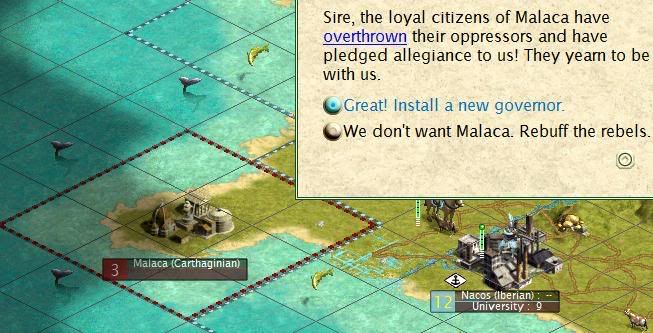
Such a conflict would arise when the Carthaginians demanded the return of their strategic outpost city of Malaca in southwestern Iberia upon it's defection to Iberia in 1102. The Indutchian city of Punjab had revolted into Iberian arms in the past, but the distant Indutchians did not want any trouble with such a far-away settlement, and so they let it fall. However, the Carthaginians had a large navy - split in half since earlier rulers had made it official policy to block all military traffic through the straits of Gibraltar - and so were willing to go to war over the city. ..Felipe's response was that if Carthaginians were willing to force their will upon Iberian citizens, Iberians would force their will upon Carthaginians.
...For the first time in 5100 years, Europe was going to experience a full-scale war.
Corruption is turned off.
Difficulty is Warlord.
Conquest and Domination are the only ways out, baby.
Played with Civ 3: Play the World because my Conquests discs is damaged.

Played on the giant map of Europe.
This AAR starts in the Industrial Age because the first two ages were boring and all peaceful.

---
La Historia del Imperio Ibérico ( The History of the Iberian Empire )
Prologue

The Iberian nation's history is as shrouded in darkness as many other nations', but some key facts are known.
The modern Iberian state can be traced back to the thousands of years BCE, where tiny villages in the center of Iberia came together out of military and economic interests to form Shadrid(named after the Iberian pagan supreme god). From that point on, the humble city of Shadrid spread out, absorbing many villages and forming the land of Castile, which was to become an important country later on.
The Castilian civilisation would be the cradle of Iberian development, as while much commerce passed through Catalonia's ports, refinement of trade and technology ultimately was centered on Shadrid as a result of it's central location. The epitome of Castilian development was the construction of the massive Pyramids in the BCE years to honor the Rey Victor II.
Borders remained mostly static until the years CE. It was at this time that, faced with incursions into Northern Iberia, the largest states of Iberia - Catalonia, Andalucia, Leon, and Portugal - all agreed to peacefully integrate with Castile into the Iberian Union, sometimes called "Spain", derived from the Latin Hispania, which was the name the Romans gave to the union after it's rapid formation.
The early union was a confederation. It's purpose was primarily related to international affairs - especially those of the military - in making sure foreign powers such as France did not gain too much land in Northern Iberia. It would succeed in this goal, being able to claim all of the Iberian peninsula sans the "Quinto mugriento" - the "dirty fifth" - which was occupied by non-Iberian states. The Quinto mugriento stretched from Galicia in the west to Aragón in the east.
---
The Union was then engulfed by turmoil following 789 CE. Some wanted to dissolve the confederation and turn it into a de jure and de facto alliance, securing full independence of all the member states. Others wanted to strengthen it. All the member despotates were torn apart, as no one knew which direction should be taken. Out of this chaos, Garcia IV of Leòn was able to become the ruler of a unified Iberia by bribing notables confederation-wide. As a consequence, when Garcia proclaimed himself Garcia Agosto I of Iberia - commonly known as Agosto I - in 802 CE, he was forced to share power with the nobles he had made deals with. A feudal monarchy ensued, with a federal structure established where the local member states maintained considerable autonomy.
Even with that local autonomy to hinder him, however, Agosto I was now one of the most powerful rulers in all of Europe. He controlled a solid, large state that had great potency for greatness. He worked to link all the distant cities of the Iberian peninsula, standardise weights and measures, and further transform the Union from a military one to an economic one by introducing a common currency as well. One key aspect of his reign was compromising to build central power, such as relocating the capital to Shadrid rather than keep it in his native León. He also borrowed much of the Latin language and reformed it into the Iberian language, so as to govern his realm under a unified tongue.
Agosto's reign marked the end of Iberia's infancy just as much as it's Confederation status. In the millennia prior to Agosto's ascension, states all across Europe had bullied Iberia, which had always been focused on expansion more than military affairs. Agosto's seasoned military status would see the beginning of a military buildup which would strain the government's coffers at times due to the nobility's tendency to resist a standing army, which could threaten their autonomy.



By the 1000s CE, Iberia had been greatly transformed. It possessed a powerful military, a solid economy, and had become a center for learning and philosophy, thanks to the contributions of expatriates from the British Isles like Isaac Newton and Adam Smith. It also had, by a narrow margin, the largest population in all of Europe, and the largest territory effectively controlled as well.
But there was a storm on the horizon. While the Rey Felipe III had openly agreed with the principle that Iberia's interests were in trade and peace, not war and destruction, he knew that Iberia would stagnate. Hostile attitudes were becoming rooted in the courts of Prussia, France, Persia, and numerous other great powers. Making matters worse, apart from Carthage, Iberia was the sole remaining monarchy in all of Europe. The Chinese, for example, despite their distance, had had the nerve to demand tribute in the form of Iberian spices in the year 1096 CE. What was to come next?
Accordingly, Rey Felipe III (r. 1095 - 1123 ) made plans to attack the first nation to give him the opportunity. Iberia needed new resources and lands, especially with all the new industrial equipment steadily appearing. While European states had always made war upon minor tribes and small nations, never had there been a war between two or more major European powers. Such a conflict would have enormous costs in lives and money.

Such a conflict would arise when the Carthaginians demanded the return of their strategic outpost city of Malaca in southwestern Iberia upon it's defection to Iberia in 1102. The Indutchian city of Punjab had revolted into Iberian arms in the past, but the distant Indutchians did not want any trouble with such a far-away settlement, and so they let it fall. However, the Carthaginians had a large navy - split in half since earlier rulers had made it official policy to block all military traffic through the straits of Gibraltar - and so were willing to go to war over the city. ..Felipe's response was that if Carthaginians were willing to force their will upon Iberian citizens, Iberians would force their will upon Carthaginians.
...For the first time in 5100 years, Europe was going to experience a full-scale war.


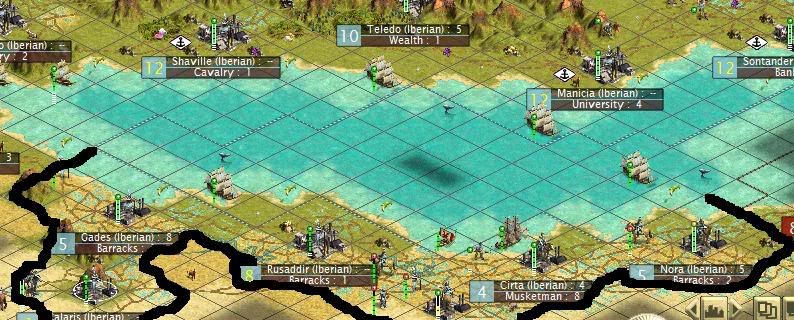

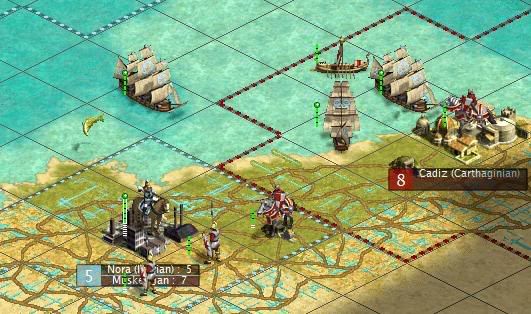
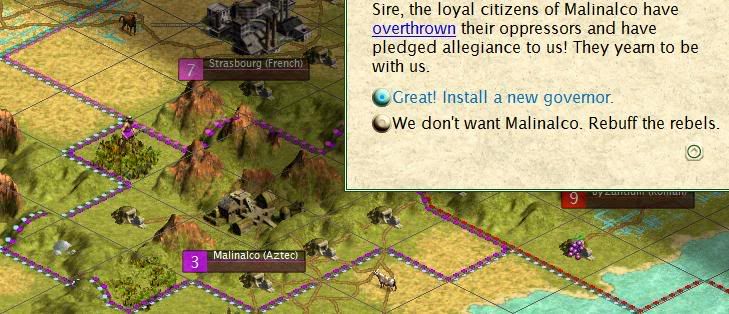

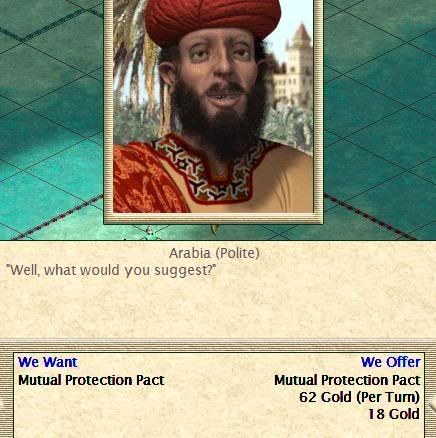
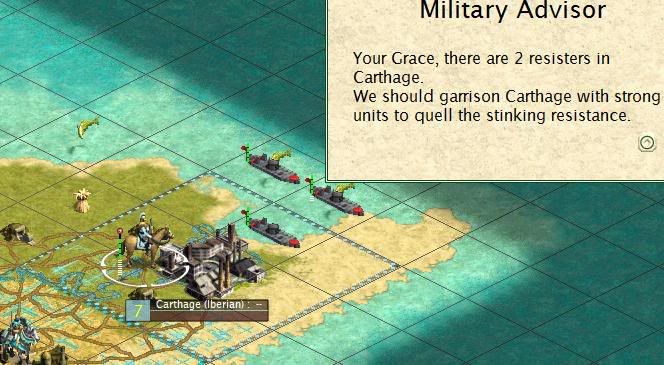
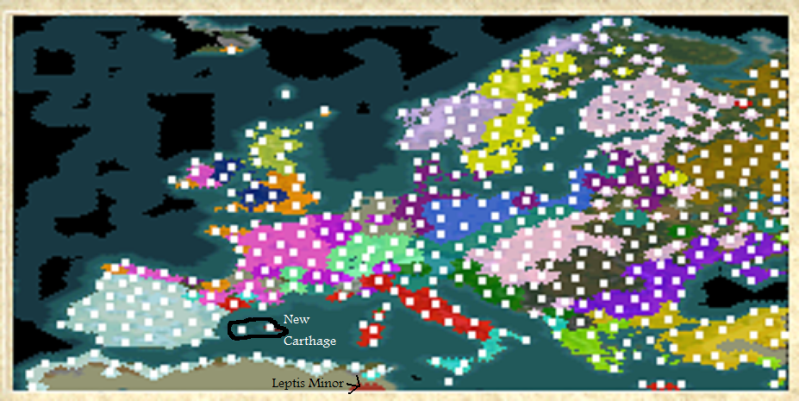
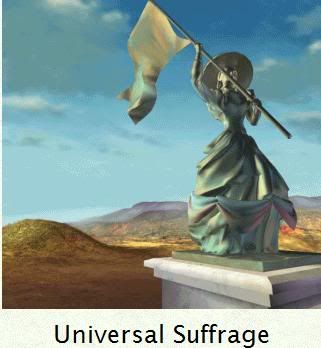

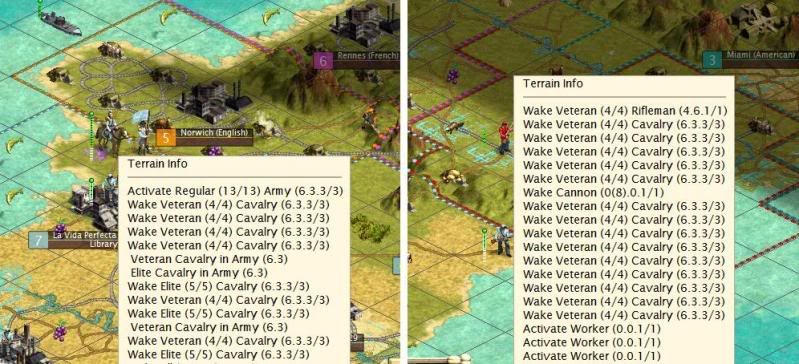

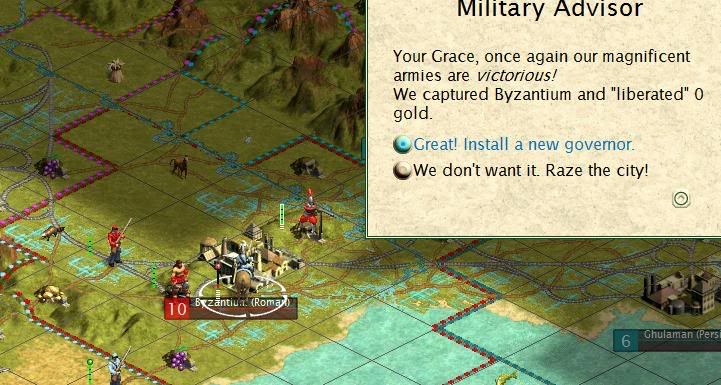
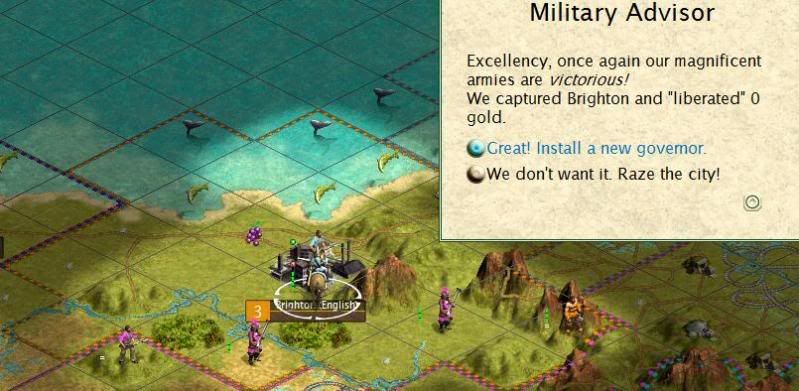
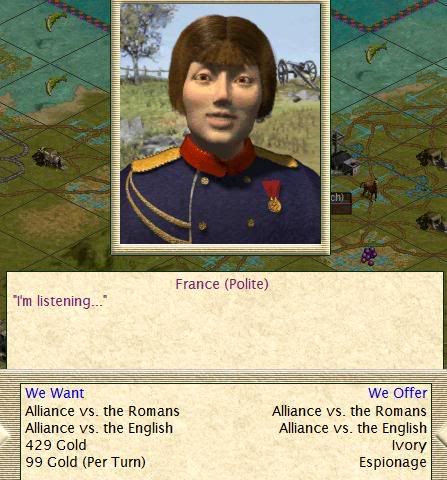
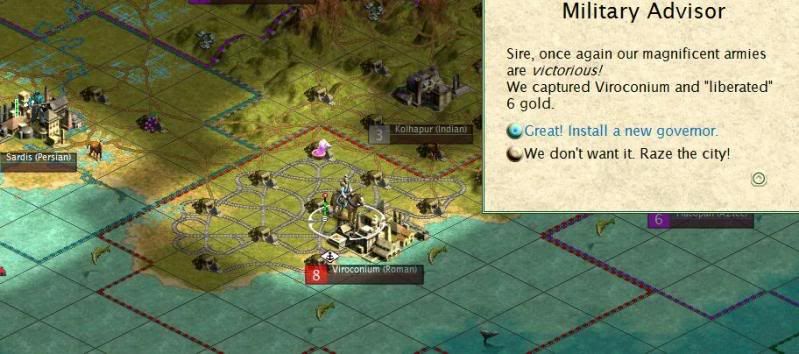
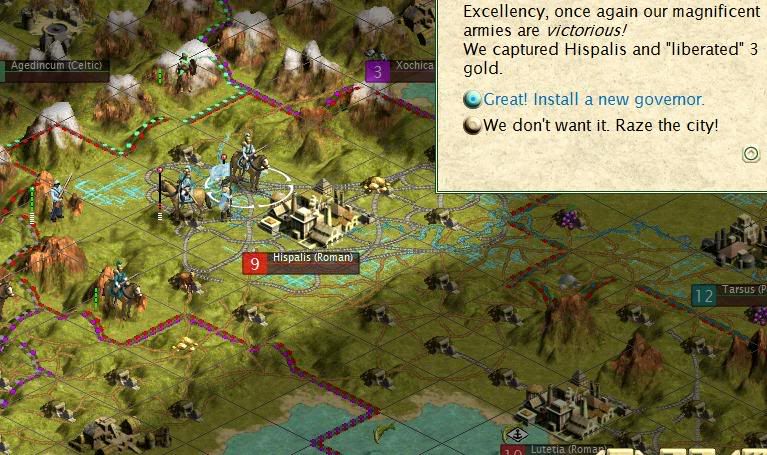
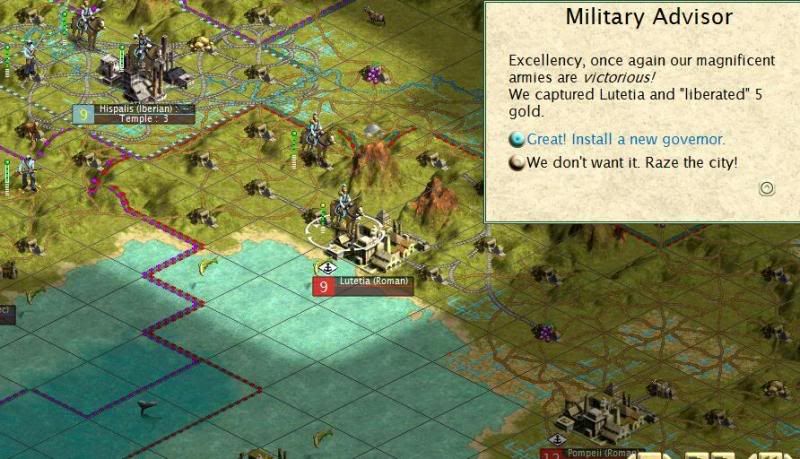

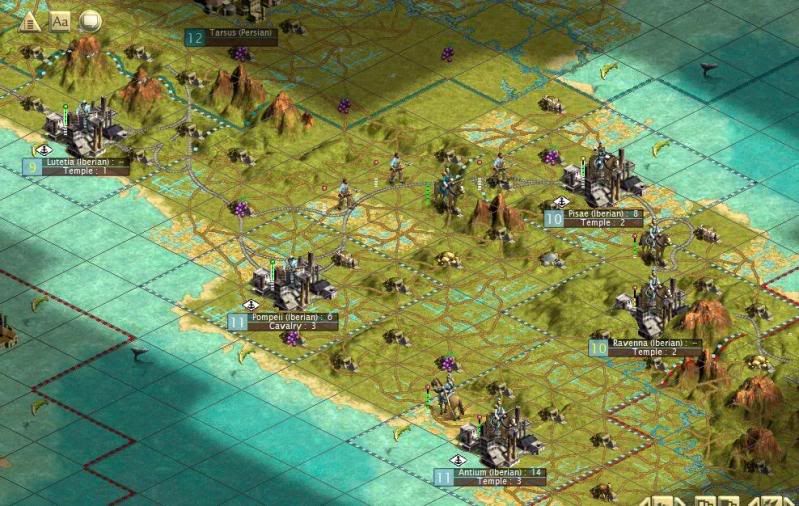
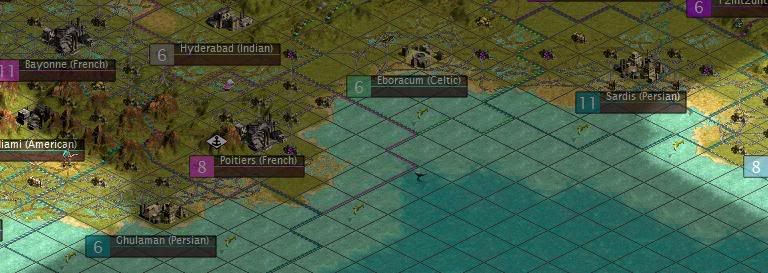
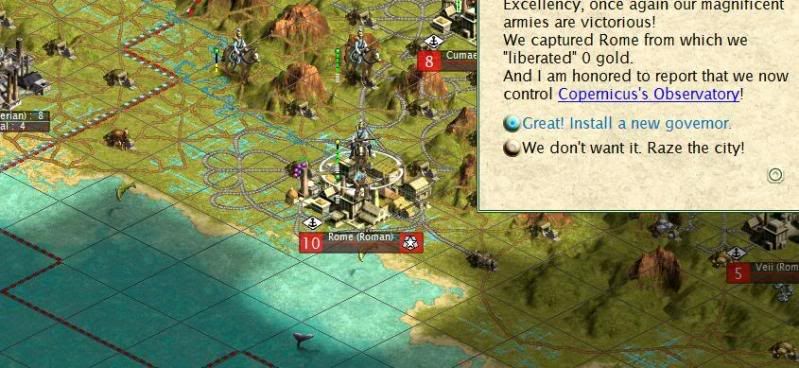
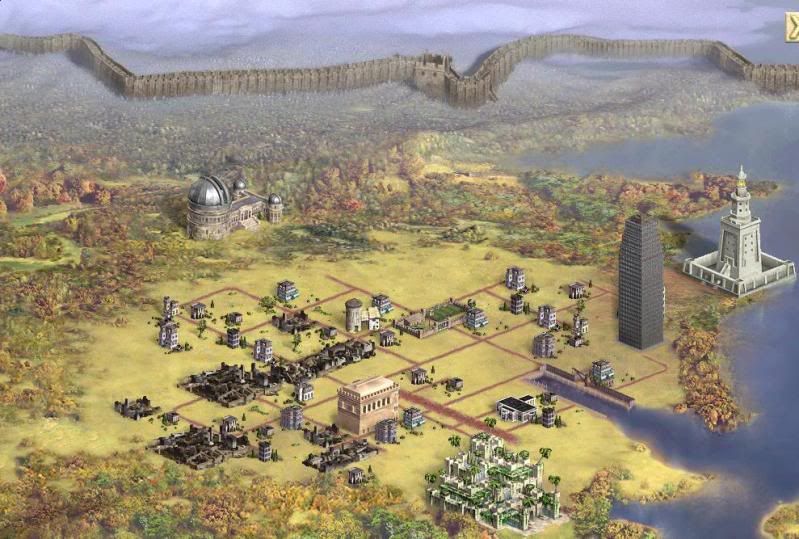
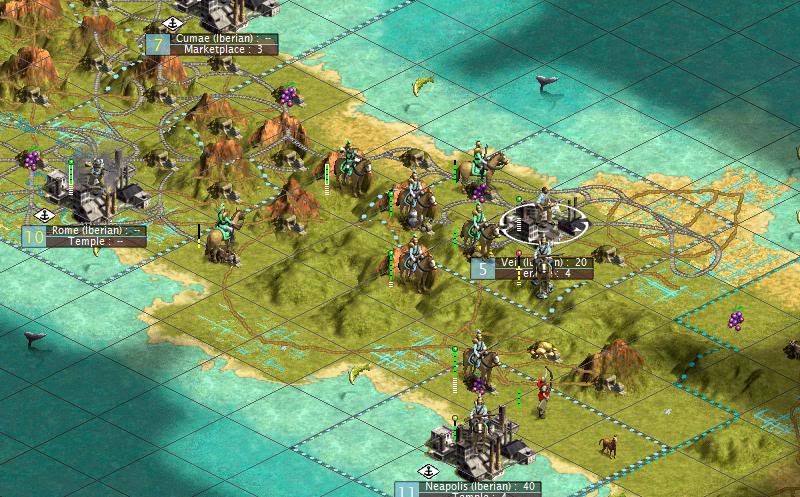


 ...Maybe I did go a bit overboard, however...
...Maybe I did go a bit overboard, however... 

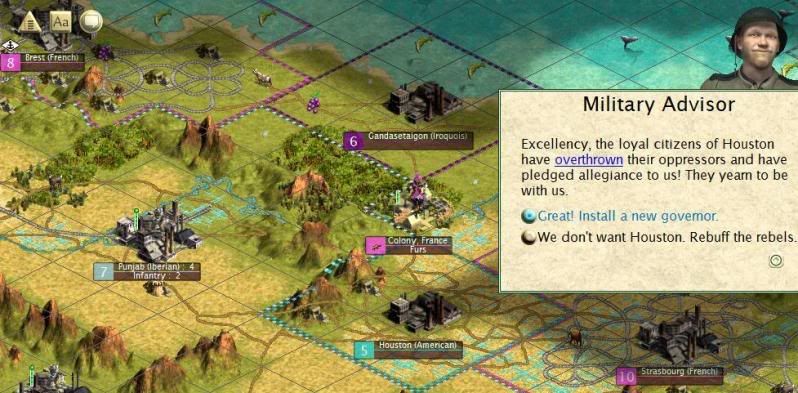
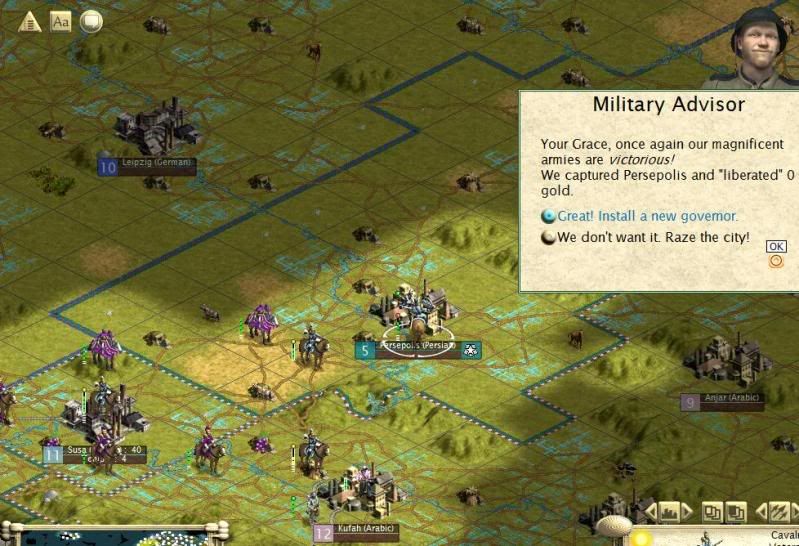
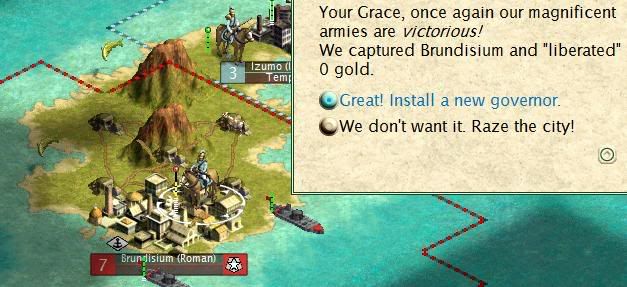
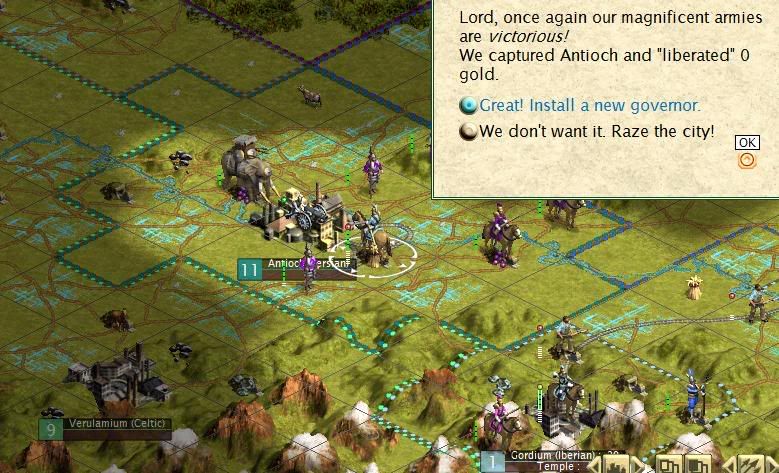


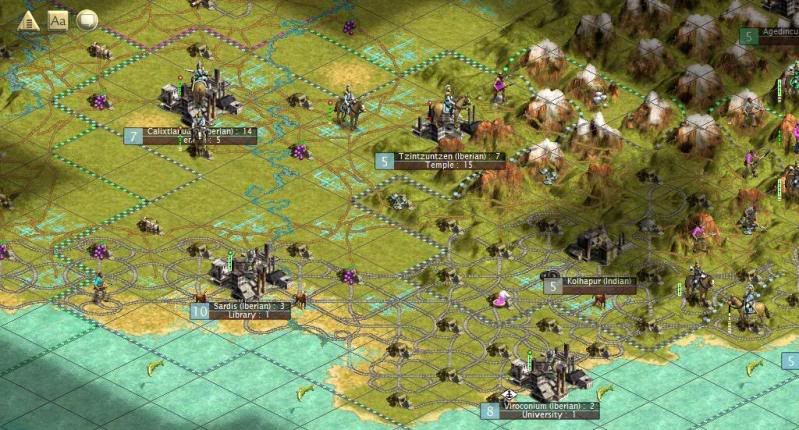
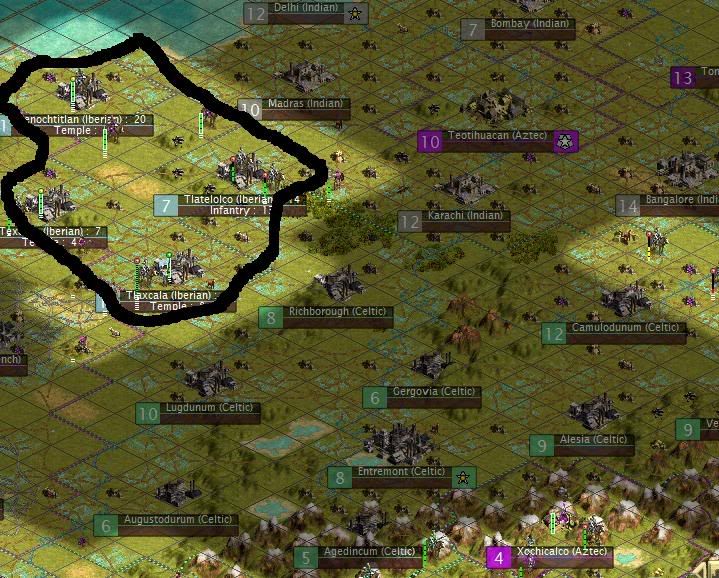
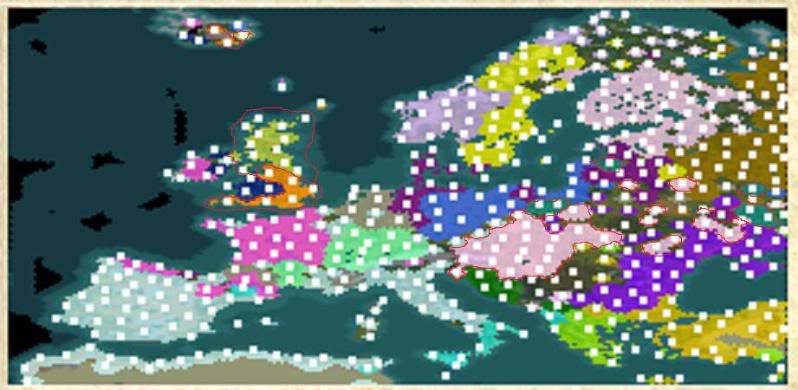
 " stress...
" stress...

